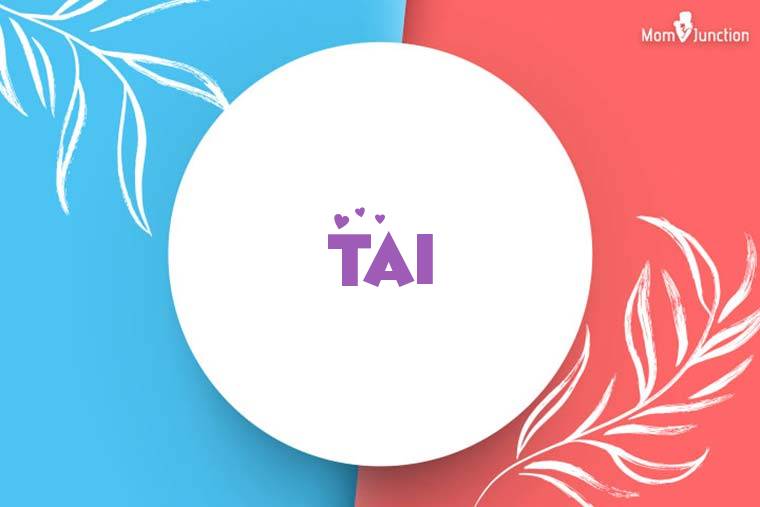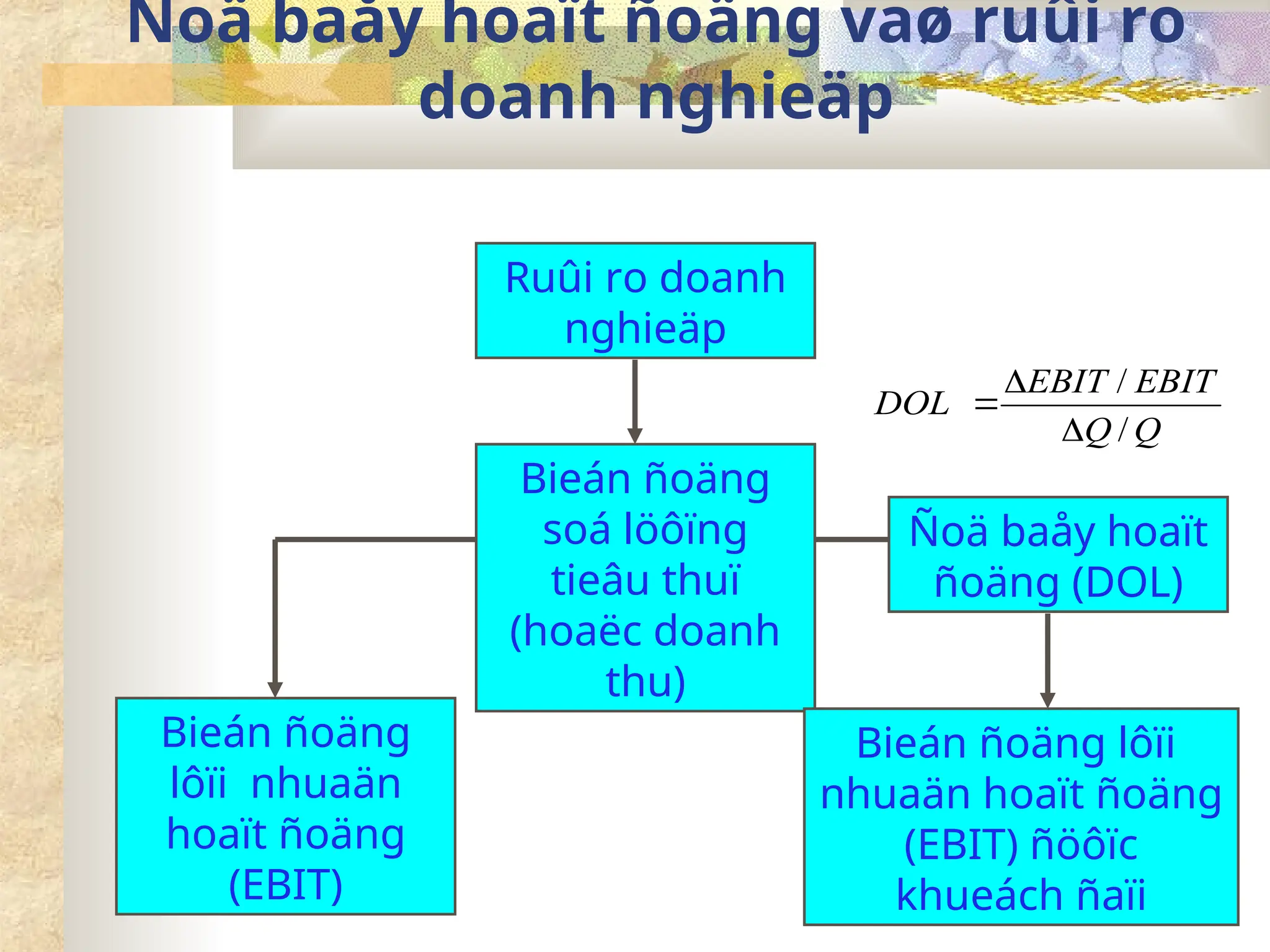In each of these tai chi exercises to do at home, focus on maintaining a relaxed demeanor and steady breathing. Proper posture is crucial – keep your spine erect, shoulders dropped, and knees slightly bent to support a rooted stance. The essence of tai chi lies in its slow, deliberate movements that engage both the body and mind, fostering a sense of mindfulness and inner peace.
Increases flexibility
Over time, this can improve muscle tone in the legs, hips, and abdomen — helping preserve muscle mass, which is critical for maintaining a healthy metabolism. A moderate-paced Tai Chi session can burn between 200–300 calories per hour, depending on intensity and duration. While that’s less than high-impact workouts, its low-impact nature makes it easy to practice regularly — and long-term consistency is key for weight management.
How hard is it to learn tai chi?
{ |}
|}
I can’t always attend Pat’s class so I’m very happy to have her DVD to help me practice at home. The back view makes it possible to follow along without getting confused with mirror images. The clear, detailed description of each position is invaluable and makes learning possible. I appreciate that Pat shows the movements from a different direction because that makes it easier to follow. I find the location by the ocean and the gentle background music add to the quality of the presentation.

The Centers for Disease Control and Prevention recommends seniors aged 65 and older incorporate 150 minutes of moderate endurance activity weekly. Heel raises can be a valuable part of this routine, especially when combined with other seated Tai Chi exercises. It strengthens my upper back and shoulders, helping me stay upright all day. Breathing exercises are important in seated Tai Chi, especially for seniors.
Short for t’ai chi chüan, Tai Chi is rooted in Chinese medicine — qigong to be exact — and is thousands of years old. The practice fuses both martial arts and meditation, which might seem like an unlikely combination. However, the idea is to slow mad muscles review tai chi down both your mind and body by repeating rhythmic choreography and breath work for about 30 to 60 minutes. Of course, before starting martial arts, it’s wise to consult a healthcare professional. Also, selecting an instructor experienced with seniors can provide the right guidance, ensuring your practice feels safe and enjoyable. Mind-body exercises, such as tai chi and yoga, have been gaining popularity over the past few decades.
Tips to get started
It also works on your core strength and coordination by moving your arms. Stepping Back and Forth is an important Tai Chi exercise because it boosts dynamic balance and strengthens the lower body. This movement tests your ability to smoothly shift weight while staying stable. Start with shorter holds and gradually increase them as you get stronger and more focused. The Golden Rooster Stance is more than an exercise; it’s a journey to better health and well-being through Tai Chi. My goal is to hold the stance for up to 5 minutes, a big achievement in Tai Chi.
You can also check at community centers, senior centers, and gyms to find local tai chi classes. A 2019 review found that in community-dwelling older adults, there is low-certainty evidence that tai chi can help reduce the rate of falls by 19%. The review also found high-certainty evidence that practicing tai chi can reduce the number of people who experience falls by 20%. You’ll want to find a personal practice or group class that works for you. You can commit yourself to hour-long classes, but even five-to-10 minutes a day of regular Tai Chi can benefit you, she says.
In 1976, they developed a slightly longer demonstration form that would not require the traditional forms‘ memory, balance, and coordination. This became the „Combined 48 Forms“ that were created by three ‚wushu coaches, headed by Men Hui Feng. The combined forms simplified and combined classical forms from the original Chen, Yang, Wu, and Sun styles.
A sharper mind
Series of movements can vary in length from about 15 minutes all the way up to two hours. These findings suggest that this ancient practice may be an effective adjunctive therapy in managing COPD symptoms. The Tai Chi Walk focuses on feeling the feet as they balance the body.
- Factor in session frequency when calculating monthly costs—weekly sessions quickly exceed subscription program pricing.
- A master with 30 years of martial arts experience might struggle with camera positioning, audio quality, or explaining movements that feel natural to them.
- The Great Courses Plus is the premier service for people who love to learn.
- Tai chi has many potential physical and emotional benefits, such as decreased anxiety and depression and improved cognition.
- David-Dorian Ross excels at breaking complex forms into manageable segments that build confidence rather than overwhelm new students.
- Lift the other leg behind you and raise your arms to shoulder height.
{
|}{
|}
{
|}
Tai Chi has a greater impact on your heart than you might think for such a slow form of movement. Yes, there are plenty of resources available for seniors interested in tai chi. We will provide a list of recommended resources in the next section. One great resource for seniors is the National Council on Aging’s “Tai Chi for Arthritis” program.
Have you or someone you care about tried Tai Chi or another gentle martial art? Or if you’re thinking about it but unsure how to begin, what questions do you have? Share your story or thoughts below—we’d love to hear how you keep moving and thriving at any age. And if this article inspired you, please share it with someone who might discover a new way to enjoy healthy, joyful living in their golden years. Wing Chun focuses on short, efficient movements without risky flips or jumps, making it a great fit for elders seeking some vigor without danger. It hones balance and reflexes, making everyday tasks—like walking on uneven sidewalks—feel more stable and confident.
{
How Often Should You Practice?
|}
{ |}
|}
All these factors combined make Tai Chi a perfect practice for beginners and seniors. When most people think about weight loss, they picture sweaty cardio sessions or intense strength training. But there’s another, gentler path that offers both physical and mental benefits — Tai Chi. Regular practice of this exercise improves my arm strength and chest flexibility. The focus on energy cultivation enhances my balance and centeredness in Tai Chi. As you rotate, feel the gentle stretch along your spine and ribcage.

{
How to Learn Tai Chi at Home
|}
Regular practice can help reduce symptoms of anxiety and depression.
Ongoing research has suggested that exercise is beneficial in managing insomnia, but it hasn’t been clear which types of exercise may be most effective. A study published online July 15, 2025, by BMJ Evidence-Based Medicine may offer insight. As always, individuals should check with their doctor before starting any new exercise routine. Traditional lineage provides the strongest credential verification. Legitimate instructors can trace their training through documented teacher-student relationships back to recognized masters.
With its relaxing, stress-relieving effects, it’s not surprising that tai chi has been shown to help with sleep. Specifically, a 2024 study published in Frontiers in Neurology10 found that tai chi could improve sleep quality, extend sleep duration, and reduce daytime drowsiness. A comprehensive systematic review and meta-analysis published in BMC Complementary and Alternative Medicine analyzed 40 studies involving 3,817 participants. The study performed by University of Liverpool researchers documented changes in balance and cardiovascular responses for a community of middle-aged women. Relatively sedentary but healthy women 33 to 55 years old took part in tai chi exercise three times per week.
Schreibe einen Kommentar